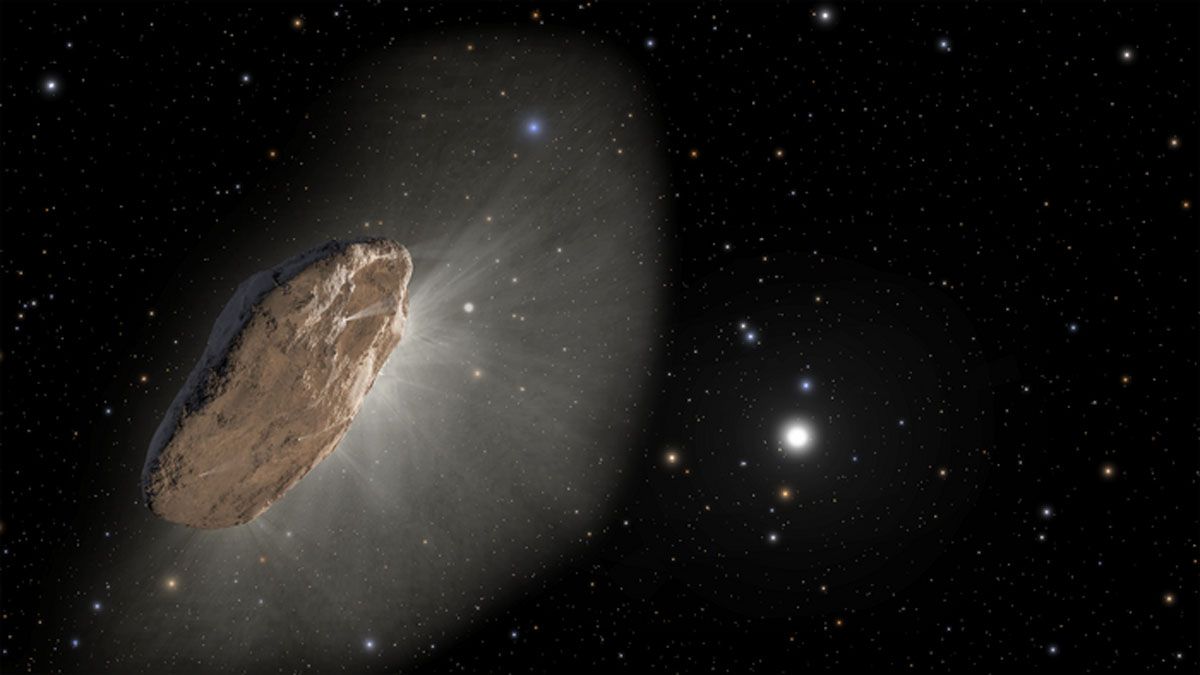A surprise solar storm supercharged auroras across the U.S. and Europe last night (March 23), with sightings of the colorful displays reported from as far south as New Mexico and Arizona. The storm, classified as a severe G4 on the 5-grade scale used by the U.S. National Oceanic and Atmospheric Administration (NOAA), even forced Rocket Lab to delay a launch of its Electron rocket for 90 minutes. Oddly, space weather forecasters didn’t see the storm coming, as it was caused by a stealthy solar eruption. While the most stunning polar…
Read MoreMonth: March 2023
Boeing Starliner’s 1st astronaut mission delayed to May at the earliest
Boeing’s new astronaut taxi won’t launch on its first crewed mission next month after all. Boeing and NASA had been targeting the second half of April for Crew Flight Test (CFT), which will carry two astronauts to and from the International Space Station (ISS) aboard the private Starliner capsule. But that plan has now changed. “We’re adjusting the @Space_Station schedule including the launch date for our Boeing Crew Flight Test as teams assess readiness and complete verification work. CFT now will launch following Axiom Mission 2 for optimized station operations,”…
Read MoreSpace Station Science Highlights: Week of March 20, 2023
Crew members aboard the International Space Station conducted scientific investigations during the week of March 20.
Read MoreNASA Coverage Set for Uncrewed Soyuz Undocking, Departure
The uncrewed Roscosmos Soyuz MS-22 spacecraft will undock from the International Space Station on Tuesday, March 28.
Read MoreWorking on Artemis II
A technician works on part of the Space Launch System (SLS) rocket’s core stage for Artemis II in this March 11, 2023, image.
Read MoreBoom! Sierra Space blows up final inflatable space station module in initial test series (video)
Fasten your safety Bat-Belt for another Sierra Space explosion. Sierra Space finished its fourth (of four) deliberate module explosions in February on the road to certifying the inflatable habitat for an International Space Station (ISS) successor, the Colorado-based company announced (opens in new tab) on Wednesday (March 23). The spectacular video of the explosion is visible above. A small-scale prototype of Sierra Space’s Large Integrated Flexible Environment (LIFE) module was deliberately blown to pieces after spending a month withstanding high pressures well above what will required of the hardware in…
Read MoreNew moon glows with ‘Earthshine’ in incredible time-lapse photo series
Portugal-based photographer Miguel Claro captured this stunning series of the new moon, with Earthshine visible as well. (Image credit: Miguel Claro) (opens in new tab) Miguel Claro (opens in new tab) is a professional photographer, author and science communicator based in Lisbon, Portugal, who creates spectacular images of the night sky. As a European Southern Observatory Photo Ambassador (opens in new tab) and member of The World At Night (opens in new tab) and the official astrophotographer of the Dark Sky Alqueva Reserve (opens in new tab), he specializes in astronomical “Skyscapes” that connect both Earth…
Read MoreAnnular solar eclipse 2023: Everything you need to know about North America’s ‘ring of fire’ eclipse
On Saturday, Oct. 14, 2023, an annular solar eclipse will come to North America. Roughly 11 years after the same type of solar eclipse crossed the U.S. Southwest on May 20, 2012, this one will be visible from a similar region, crossing eight U.S. states from Oregon to Texas, according to NASA (opens in new tab). During an annular solar eclipse, the moon appears slightly smaller than the sun, so it can’t block the entire disk. The result is a beautiful “ring of fire.” Here’s everything you need to know…
Read MoreCelebrating Women in STEM
Deputy director for technology and research investments at NASA’s Goddard Space Flight Center, Dr. Christyl Johnson, speaks during a panel discussion as part of a Women’s History Month program, “Celebrating Women Who Tell Our Stories,” Wednesday, March 22, 2023.
Read MoreSorry, E.T. fans: Interstellar visitor ‘Oumuamua isn’t an alien spacecraft, it’s just passing gas
Since its surprise arrival in the solar system in 2017, the interstellar object ‘Oumuamua has puzzled scientists. A duo of American astronomers now think they have solved one of the space rock’s lingering mysteries. First thought to be an asteroid, later recast as a likely comet, and by some even considered a possible alien spaceship, the 650-foot-long (200 meters) ‘Oumuamua zoomed through the central solar system in late 2017. During its brief visit, the rock approached Earth within 15 million miles (24 million kilometers), about 62 Earth-moon distances, and disappeared…
Read More